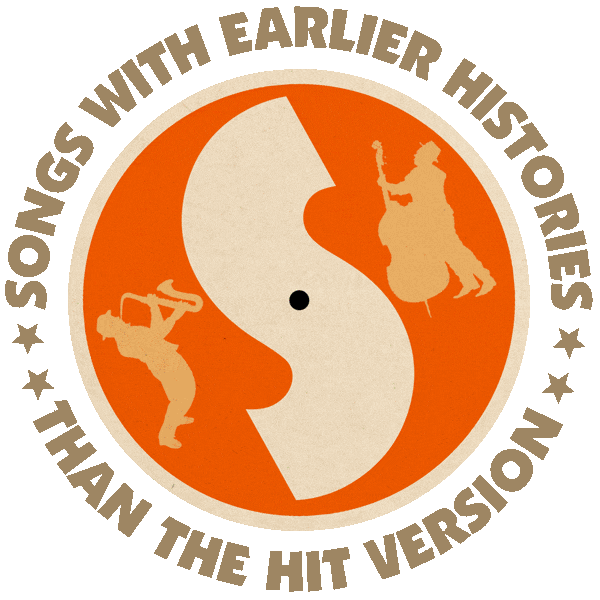Written and first recorded by Buddy Holly (1957).
Hit version by The Diamonds (US #13/R&B #12/CAN #47 1957).
Also recorded by The Beatles (1964).
From the wiki: “‘Words of Love’ was written by Buddy Holly and recorded by him on April 8, 1957. Holly sang all the harmonies, with producer Norman Petty double-tracking each part and combining them. The song was not a notable hit for Holly, although it is regarded as one of his most important recordings.
“However, the cover version by the Canadian quartet The Diamonds (‘Little Darlin”, ‘Silhouettes‘), released in May 1957, reached #13 on the Billboard Hot 100 in July, making the song Holly’s first hit, though as a composer not performer. (The Crickets’ ‘That’ll Be the Day’ wouldn’t peak on the Billboard charts until Sept. 27, 1957. The Diamonds’ ‘Words of Love’ peaked in July, 1957.)
“‘Words of Love’ was also covered by The Beatles on the album Beatles for Sale. Their association with the song dates back to the group’s earliest days playing The Cavern in 1961 and 1962. Both John Lennon and Paul McCartney were big Buddy Holly fans; it would be Holly’s songs that first inspired and compelled them to become songwriters.”

